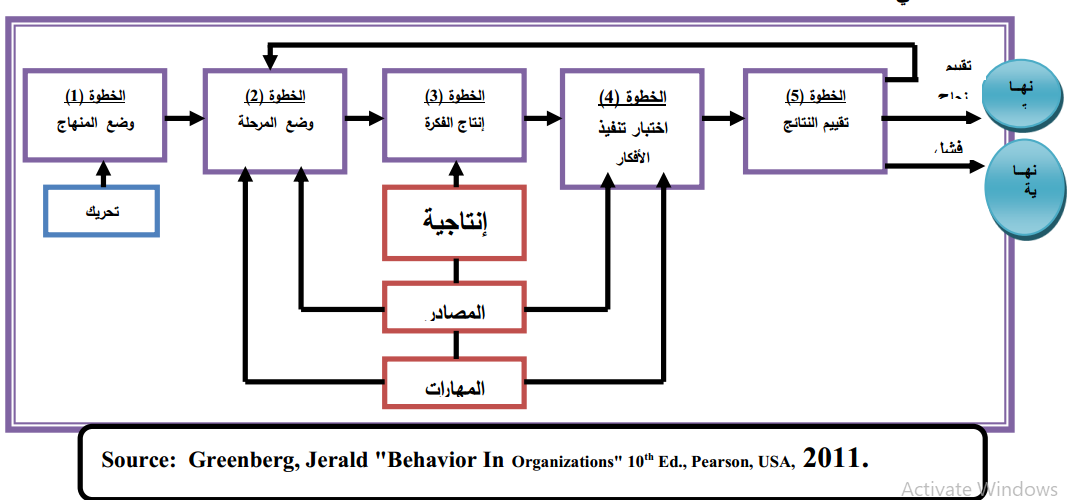Organizational creativity and its impact on the formation of entrepreneurship in organizations: an exploratory study of the opinions of a sample of managers of the Asia Cell Communications Company.
Keywords:
Organizational creativit, entrepreneurship of organizationsAbstract
This research seeks to determine the impact of organizational creativity on the formation of entrepreneurship in organizations by applying it in our Iraqi organizations. In order to achieve this, the dimensions of organizational creativity (entrepreneurship and organization, process and tools, individuals and skills, culture and values) were adopted based on (Loewe & Dominiquini, 2006:28). It was also adopted Dimensions of entrepreneurship: independence, creativity, proactiveness, and risk-taking. Based on Dess etal (2008: 434), the Asia Cell Mobile Communications Company was chosen as a field for research through a questionnaire that included (30) individuals from the company’s managers, as well as personal interviews. The Spearman correlation coefficient was used, the test (1) to know the significance of the relationship between the variables, the (F) test to determine the significance of the regression equation, and (R) was used to interpret the amount of influence of the independent variable on the dependent variable. One of the most important conclusions reached is that organizational creativity has an effective role in forming entrepreneurial organizations. The research concluded with a number of recommendations, including: - Focusing on practicing creative activities in the company more broadly in light of the Iraqi environment, which is characterized by a high degree of competition. Acquiring talented human resources and capabilities in a way that encourages continued creativity in the company. Maintaining a high level of skills and knowledge and increasing the experience of employees in a way that enables them to achieve entrepreneurship.

Downloads
Published
How to Cite
Issue
Section
License
Copyright (c) 2014 Economics and Administration College - Karbala University

This work is licensed under a Creative Commons Attribution-NonCommercial-NoDerivatives 4.0 International License.
Authors retain the copyright of their papers without restrictions.









